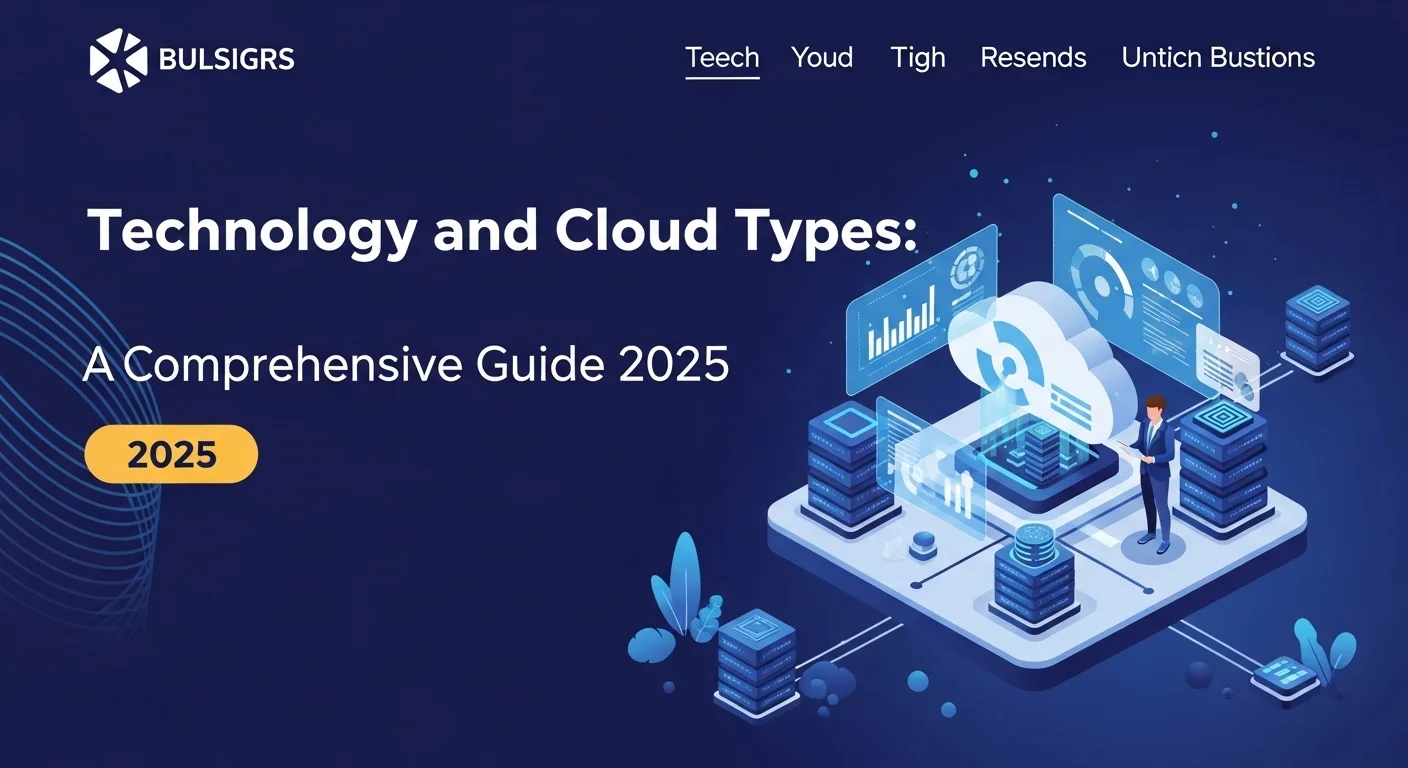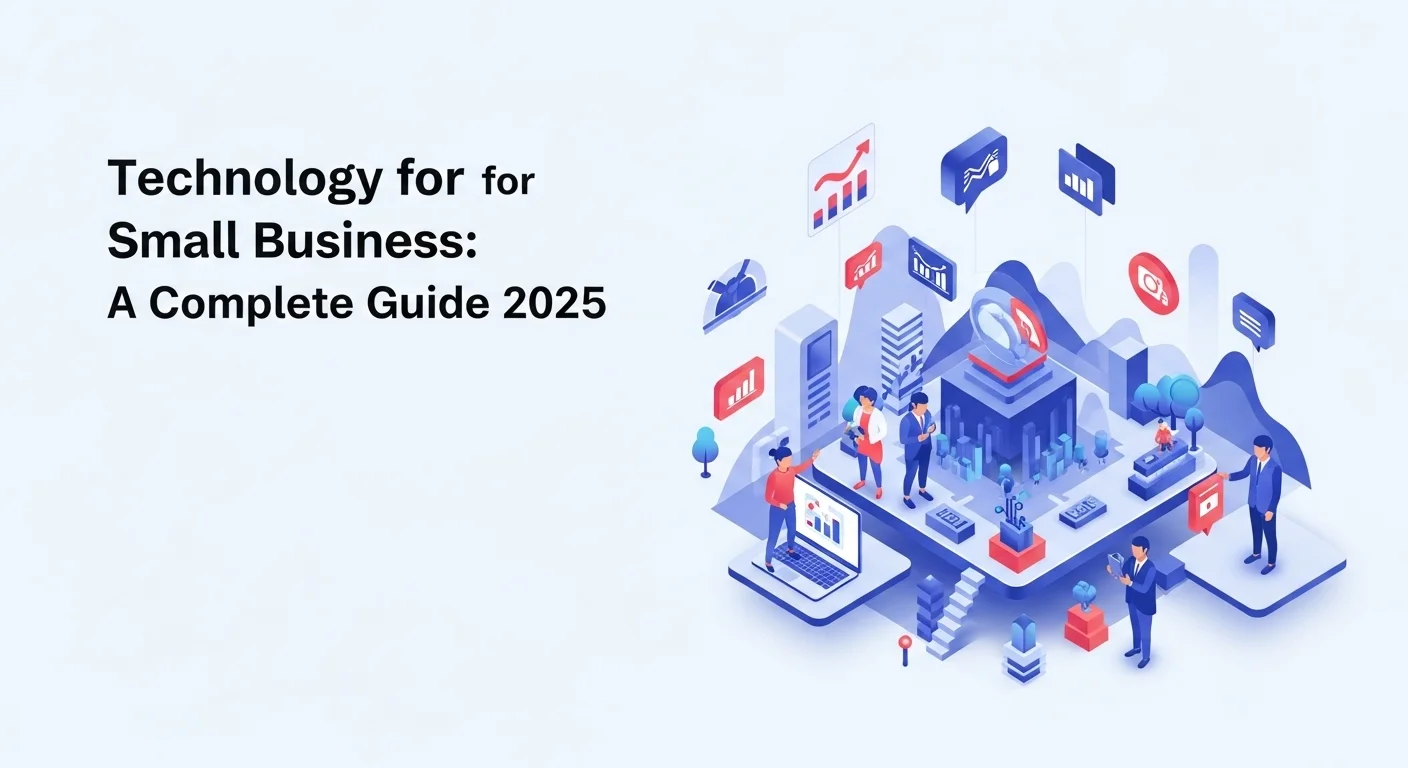Loxone Explained: An Expert's Guide to True Smart Automation
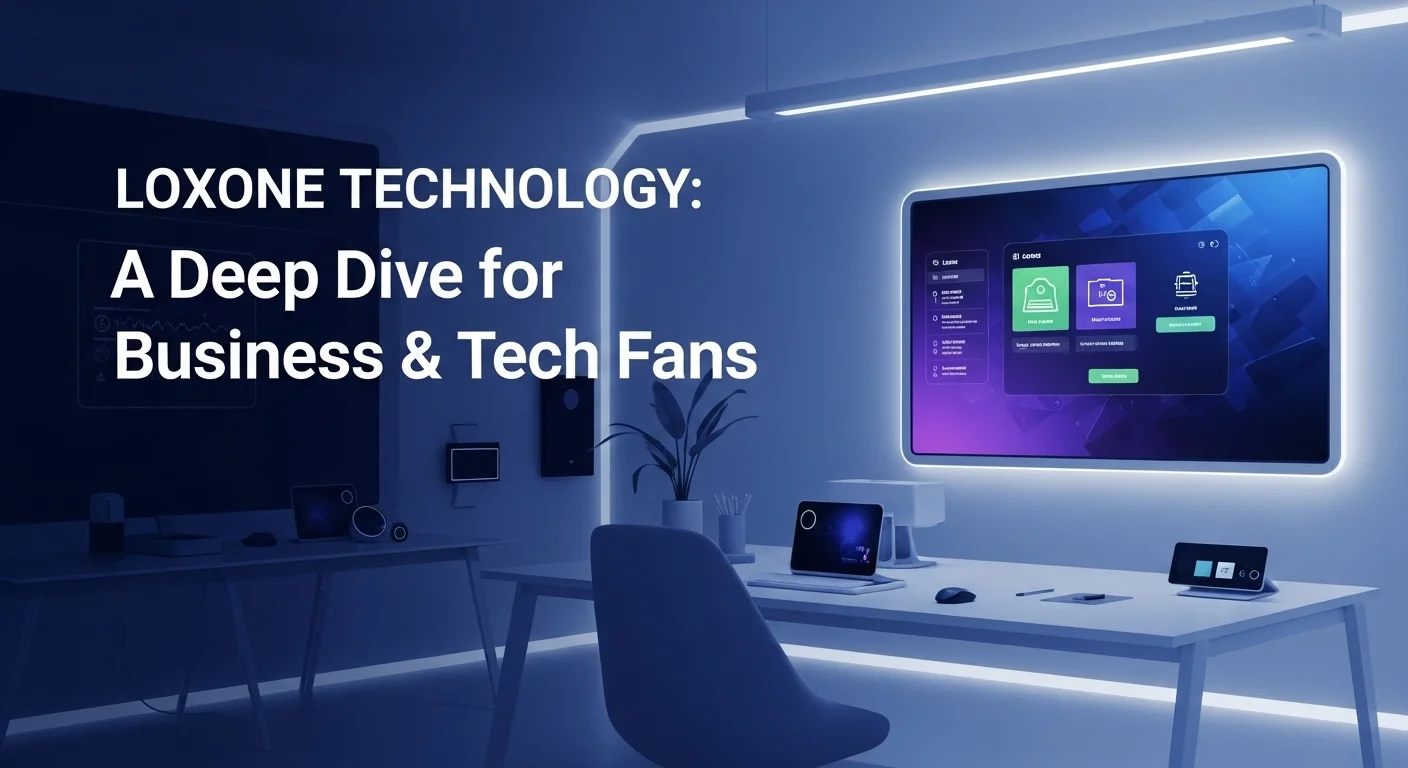
Executive Summary
Let's be honest, the 'smart home' revolution has often felt like a collection of separate gadgets that don't talk to each other. You have one app for your lights, another for your thermostat, and a third for security. Loxone, an Austrian company, saw this problem and built the solution. Instead of fragmented tech, they created a single, unified automation system. The heart of it all is the Loxone Miniserver, a powerful little box that acts as the building's brain, coordinating everything from lighting and climate to security and energy. For business owners and tech lovers, this isn't just about convenience; it's about building intelligent environments that save money, boost efficiency, and operate seamlessly. In this article, I'll draw from my years of experience to walk you through what Loxone really is, how it works in the business world, and what you need to know about its cost and long-term value.
Table of Contents
Table of Contents
- What is Loxone and Why Does It Matter?
- A Complete Guide to Loxone Business Solutions
- Advanced Loxone Strategies and Best Practices
What is Loxone and Why Does It Matter?
In my line of work, I've seen countless tech trends come and go. But Loxone stands out. Founded back in 2009, they weren't interested in making another smart lightbulb. They wanted to create what they call the 'Autopilot Building'—an environment that works for you, handling thousands of little tasks in the background so you don't have to. I remember the first time I saw a fully automated office; lights dimmed and brightened based on natural daylight, the temperature was always perfect, and the building secured itself at the end of the day without anyone lifting a finger. That's the Loxone difference. Its importance lies in its professional, rock-solid architecture. Unlike many consumer gadgets that depend on a Wi-Fi or internet connection to function, Loxone is built around its local 'brain', the Miniserver. This green box is the command center, ensuring that your building's core functions always work, even if the internet goes down. For any business, that reliability is non-negotiable.
The Core Parts of the Loxone Family
To really get Loxone, you need to know the key players in its ecosystem. The Loxone Miniserver is the conductor of the orchestra. It's a compact controller that runs all the logic for every automated task. It's what connects your light fixtures to your motion sensors and your heating system to your window contacts. To talk to all these devices, Loxone developed two brilliant communication methods: Loxone Tree and Loxone Air. I tell my clients to think of Loxone Tree as the central nervous system for a new building. It's a wired technology that dramatically simplifies installation, cutting down on cabling by up to 80% compared to old-school methods. You can run a single Tree cable to power and control up to 50 devices, making the system incredibly robust and easy to scale. For existing buildings where tearing open walls isn't an option, there's Loxone Air. This isn't your typical Wi-Fi; it's a proprietary wireless mesh network built for one purpose: reliable automation. It creates its own secure network, ensuring that commands between the Miniserver and wireless devices like radiator valves or smoke detectors are instant and dependable. The system's flexibility comes from Extensions. These are modules that snap onto the Miniserver, allowing it to speak the language of other systems, like DALI for complex lighting control or Modbus for industrial equipment. This modular approach means you can integrate and control virtually anything electronic in a building.
How Businesses Win with Loxone
While Loxone makes for an incredible smart home, its power truly shines in a commercial setting where comfort translates directly into productivity and savings. In a Smart Office, automation is a game-changer. We use presence sensors to create an environment that responds to people. When a team enters a meeting room, the system can trigger a 'Meeting' scene: lights adjust, the temperature sets, and the blinds lower to prevent glare on the projector screen. When they leave, everything powers down, and the HVAC returns to economy mode. This isn't just neat; it can slash energy waste by over 50%. In the hospitality world, like hotels or restaurants, Loxone elevates the guest experience while cutting operational costs. A hotel room can go into a 'Welcome' mode upon check-in with soft lighting and a perfect temperature. When the guest leaves, the room automatically goes into an energy-saving state. It saves money and boosts the hotel's green credentials. Other powerful applications include:
- Retail: Using dynamic lighting to spotlight products, ensuring perfect climate for shoppers, and integrating security for after-hours peace of mind.
- Assisted Living: Creating safer, more independent environments with features like fall detection, emergency call buttons, and automated reminders—all while keeping sensitive data private and local.
- Energy Management: This is a big one for any business. Loxone can masterfully manage energy by integrating with solar panels, battery storage, and EV chargers. It can intelligently decide to use free solar power first, run heavy appliances when energy is cheapest, and charge the company fleet with surplus solar power. This smart load management maximizes your green investments and cuts down on expensive peak demand charges. When we talk about the initial Loxone system cost, it's important to see it as a long-term investment. Yes, it's a premium system, but the business case is built on the Total Cost of Ownership. The massive energy savings and operational efficiencies deliver a return on investment that makes it one of the smartest assets a modern building can have.
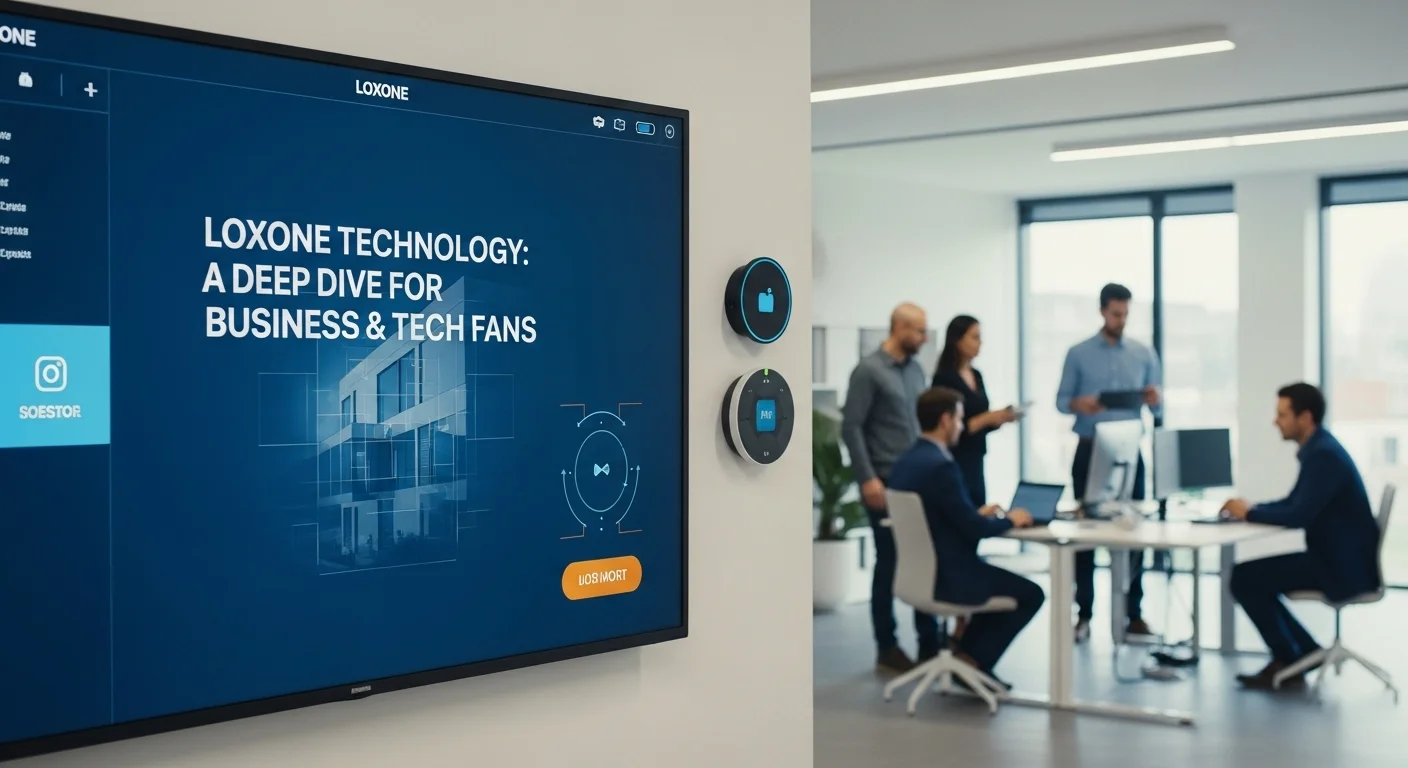
A Complete Guide to Loxone in Technology and Business Solutions
When you get under the hood of Loxone, you see it's a system built by engineers for precision and reliability. For any tech professional or business leader, understanding how to strategically implement it is where the magic happens. This guide is my attempt to share what I've learned about its technical core and how to make it work for you.
The Architecture: How It All Comes Together
The entire Loxone universe is programmed using a free tool called Loxone Config. This isn't a simple app; it's a professional software suite that I use to design and commission every project. It's a visual, logic-based environment where you drag and drop function blocks—like an 'Intelligent Room Controller' or 'Automatic Shading'—and connect them to physical devices like sensors and lights. It allows for incredibly sophisticated automation without writing a single line of code, yet it's powerful enough to run a huge commercial building. While the Miniserver is the central brain, a lot of the intelligence is distributed. For example, a Loxone Touch switch doesn't just register a press; it has built-in temperature and humidity sensors that constantly feed data back to the Miniserver. This combination of distributed data gathering and centralized decision-making is what allows for that 'autopilot' feeling. The communication itself, via Loxone Tree and Air, is designed for zero failure. Loxone Tree is a real-time bus, meaning when you press a switch, the light turns on instantly. There's no perceptible delay. Loxone Air creates its own reliable mesh network. If a wireless signal is weak, it simply 'hops' through a nearby Air device to reach the Miniserver, ensuring the message always gets through. The whole system is self-diagnosing, which means I can monitor the health of every single component from my laptop.
Business Techniques for Maximizing Your ROI
Putting Loxone in a commercial building is a strategic move. To make sure you get the best return, here’s my advice:
- Start with an Energy Audit: Before you do anything, figure out where your energy is being wasted. Is it lights left on? Inefficient heating? Use this data to focus the initial Loxone rollout on the areas that will give you the quickest savings.
- Think in 'Scenes,' Not Devices: Don't just think about turning a light on or off. Create scenes based on your business activities. A 'Presentation Mode' could dim the lights and lower a projector screen with one touch. A 'Closing Time' scene can arm the security, shut down all non-essential power, and set back the climate control, saving staff time and ensuring nothing is forgotten.
- Integrate with Your Business Software: Loxone is built to be a team player. Through its open interfaces, you can connect it to other systems. For example, your hotel's booking system could tell Loxone when a guest checks in to prepare the room. Your office calendar could automatically pre-heat a meeting room 15 minutes before a scheduled call.
- Phase Your Implementation: The cost of a Loxone system can be managed by rolling it out in stages. Start with the core essentials: lighting, heating, and security. Later, as the budget allows and you see the savings, you can expand to add multi-room audio, access control, or EV charging integration.
How Loxone Stacks Up Against the Competition
I get asked all the time how Loxone compares to other systems. Here's my honest take:
- DIY Systems (Google Home, Alexa, etc.): These are great for simple tasks, like voice-controlling a few bulbs. But they are a patchwork of different products that rely on the cloud and multiple apps. They can't deliver the deep, reliable, and truly automatic experience of Loxone and aren't built for the demands of a business.
- Other Pro Systems (Crestron, Control4): These are Loxone's true competitors. They are fantastic, professionally installed systems, traditionally very strong in high-end home theaters and AV control. The main difference in philosophy is that Loxone is built around 'true automation' and energy management first. With Loxone, the building runs itself. With many other systems, the focus is more on providing a fancy interface to control things manually.
- Open Standards (KNX): KNX is a powerful and flexible protocol, not a single brand. Its strength is the vast choice of products from different manufacturers. Its weakness can be that exact same thing. Getting products from different brands to work together seamlessly can be complex, and you often lose that single, unified experience that Loxone provides. Loxone is a vertically integrated ecosystem—the hardware and software are designed from the ground up to work perfectly together.
Resources for Your Journey
If you're ready to explore Loxone, your most important resource is the Loxone Partner Network. Loxone systems are installed exclusively by certified professionals who have been through intense training. From my experience, working with a good Partner is the key to a successful project. They also provide incredible documentation and support for professionals. For those who want to join our ranks, the Loxone Academy offers courses to become a certified installer. In short, Loxone is a truly enterprise-grade platform. Its design is sound, its benefits are measurable, and with the right strategy, it can transform a building into an intelligent partner that saves you money and makes life easier.
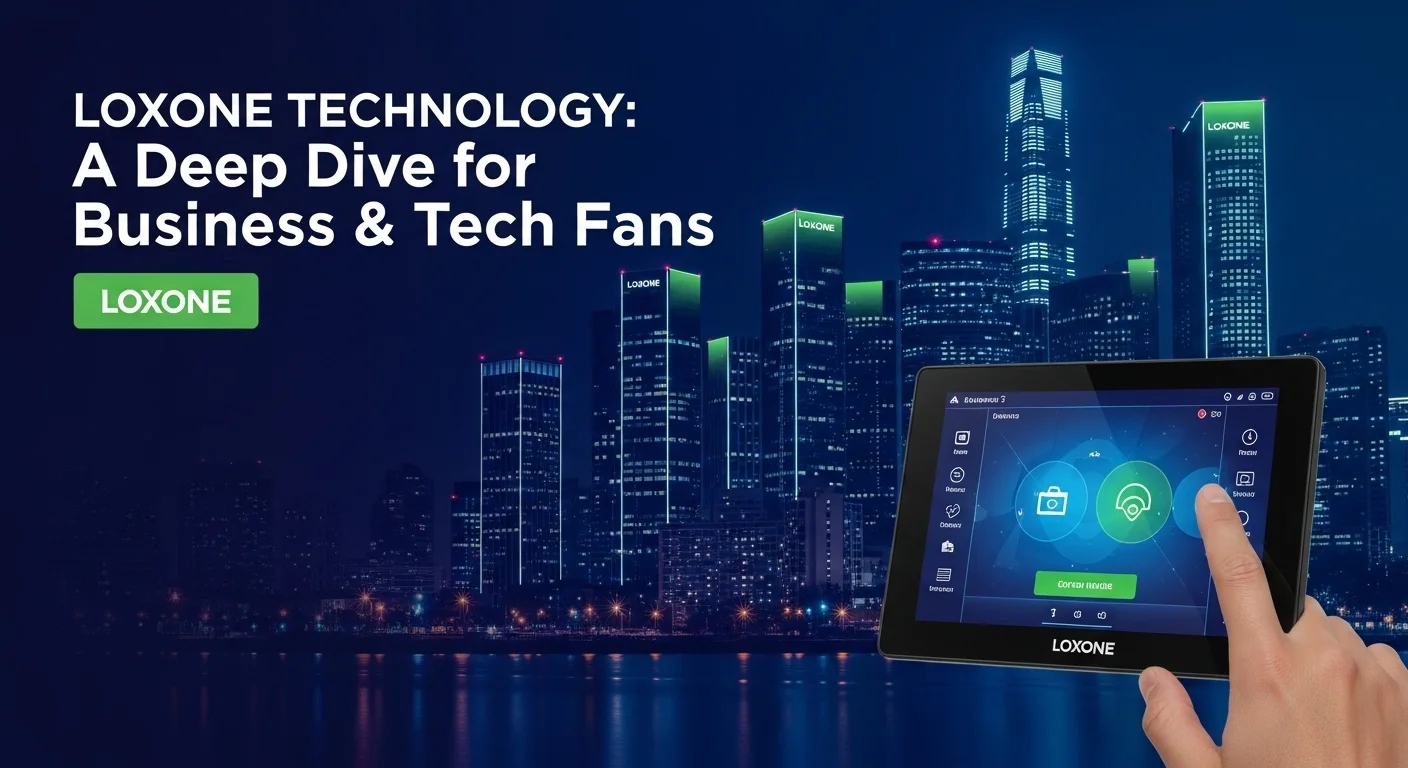
Advanced Loxone Strategies and Best Practices
Getting a Loxone system installed is just the beginning. To really unlock its potential and get that amazing tech experience, you need to adopt the right mindset and strategies. Here are some of the essential tips and best practices I share with all my clients.
My Golden Rules for a Flawless Loxone Project
A great Loxone installation starts with great planning. Trust me on this.
- Bring in a Loxone Partner from Day One: This is the most critical decision you'll make. A good Partner is more than an installer; they're an automation consultant. Involve them during the architectural planning phase. Their advice on wiring and device placement at this early stage can save you a fortune and prevent headaches down the road.
- Wire Everything You Can with Loxone Tree: For new builds, there's no debate. Prioritize wired connections using Loxone Tree for all your core infrastructure—presence sensors, switches, lighting, and shading. While Loxone Air is fantastic for retrofits, a wired connection is always king for speed and reliability. Use Air for the hard-to-reach spots.
- Design in 'Zones,' Not Just Rooms: Think about how you use a space. A large open-plan office isn't just one room; it might have a collaborative zone, a quiet zone, and a break area. Each can have its own custom automation for lighting, climate, and even audio, all managed by one system. This granular approach is the secret to perfect comfort and efficiency.
- Future-Proof with Extra Cables: Cable is cheap, but opening up walls later is expensive. Even if you don't have the budget for outdoor speakers or an electric gate opener now, run the Loxone Tree or speaker cable while the walls are open. This makes it easy and affordable to expand your system later on.
Advanced Tools for Power Users and Businesses
Once your system is up and running, you can take it to the next level.
- Use the Audioserver for More Than Music: In a business, the Loxone Audioserver is a powerful communication tool. You can use it for scheduled announcements in a store, paging in an office, or even connecting it to the alarm to play a specific, attention-grabbing sound during an emergency.
- Become a Data Detective with the Loxone App: The app is more than a remote control; it's a data dashboard. Regularly check the energy usage stats. Is one office using way more power than another? This data helps you spot problems and tweak your automation. You might find the heating is on too high in a storeroom, an easy fix that saves real money.
- Unlock Unlimited Power with API Integrations: This is for the true tech enthusiasts. Loxone's Miniserver can send and receive network commands, allowing it to integrate with almost anything. A savvy business could build custom data dashboards, or connect Loxone to workflow tools like Zapier for custom alerts, like getting a text message if a server room's temperature gets too high.
- Take Cybersecurity Seriously: Loxone is secure by design because it processes things locally. However, you still need good network hygiene. Protect your network with a strong firewall, change all default passwords, and consider putting the Loxone system on its own separate network (VLAN) to isolate it from regular web traffic. For remote access, always use Loxone's secure Remote Connect service instead of opening risky ports in your firewall.
Final Thoughts on the Loxone Experience
The ultimate goal of a Loxone system is to create 'ambient intelligence'—a building that just works, perfectly and invisibly. To get there, consistency is key. Standardize your switch functions across the building; for example, the main center button always controls the primary lighting scene. This makes the system intuitive and a joy to use. The initial cost is a real consideration, but I always tell clients to view it as a long-term investment in their property's infrastructure. A well-implemented Loxone system will increase property value, slash operating costs, and create a safer, more productive environment for years to come. By following these strategies, you can ensure your Loxone system delivers on its incredible promise, transforming your space into a truly intelligent environment.
Expert Reviews & Testimonials
Sarah Johnson, Business Owner ⭐⭐⭐
The information about Loxone is correct but I think they could add more practical examples for business owners like us.
Mike Chen, IT Consultant ⭐⭐⭐⭐
Useful article about Loxone. It helped me better understand the topic, although some concepts could be explained more simply.
Emma Davis, Tech Expert ⭐⭐⭐⭐⭐
Excellent article! Very comprehensive on Loxone. It helped me a lot for my specialization and I understood everything perfectly.

